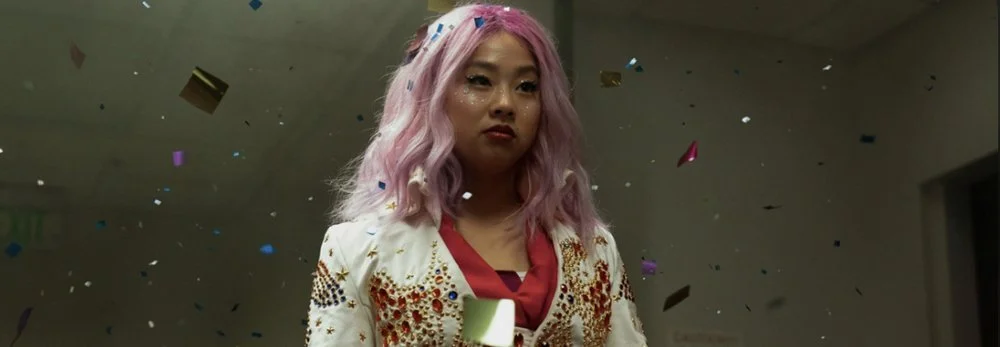The three amigos, Cuaron, Del Toro and Inarritu, had this wonderful conversation that Deadline transcribed for print. It’s well worth a read. One hopes that maybe a video document will eventually circulate online. For the time being, I’ll just zero in on the part of the talk where “Everything Everywhere All At Once” gets mentioned.
I’ve already written, multiple times, about how I have a hard time seeing older Academy voters going for EEAO in the Best Picture race. There’s a reason for that. I respect the people who like this movie because obviously it touched them in ways that I just couldn’t connect with. Is it an age-gap divide? Maybe.
Here’s Del Toro and Cuaron briefly talking about the impact it’s had on Gen-Z:
DEL TORO: When I see a film like “Everything Everywhere All at Once”, and I realize how much it is impacting the generation of my kids, and how they embrace it in the same way I embraced The Graduate when I was their age, I love that. I love that people can be so passionate about a movie that reflects something to them even if the older generation doesn’t get it. That movie has become a landmark for one generation to be able to say forever, “That was my voice at that time.”
CUARÓN: I think it happened the same way in the the ’90s with the films of Tarantino, or with “Trainspotting”, where it felt like there was a huge new injection of energy into cinema, and it’s exactly the same thing for this generation with “Everything Everywhere All At Once”.
Younger millennials and Zoomers fell hard for EEAO, but so did many older critics, reflected in all of the awards and accolades the film has garnered these past few months. However, it’s worth noting that the more high-brow publications, those with more “refined” cinematic tastes, such as Film Comment, Sight and Sound, and CinemaScope, weren’t as enamoured by EEAO.
EEAO might be boldly original in its filmmaking, but it is delivered in a relentless ADD-infused assault on the senses. Daniel Kwan, one half of its filmmaking duo, has even admitted to having written the film as an attempt to recognize and understand his previously undiagnosed ADHD. You can tell. The film plays like a two-hour music video filled with confetti, stylized action and over-the-top costumes.
A certain philosophy ruminates throughout the film. The movie portrays a world that’s chaotic and void of meaning, with any kind of social climbing or progress being just an empty illusion, unless, of course, you learn to accept love and family as your one true guiding force. At its essence, it’s a rather soapy message, old-fashioned in its intentions, but delivered via The Daniels’ frenetic mise-en-scene.
The fact that a film as boldly constructed and chaotic as “Everything Everywhere All At Once” turned out to be such a major arthouse hit is something to celebrate, especially as we witness countless “prestige” films continuing to fail at the box-office on an almost weekly basis. A new generation has found the movie that defines their world — a statement that speaks to them in ways that I might just not fully connect with. If this is their definition of what cinema is supposed to be like then so be it.






